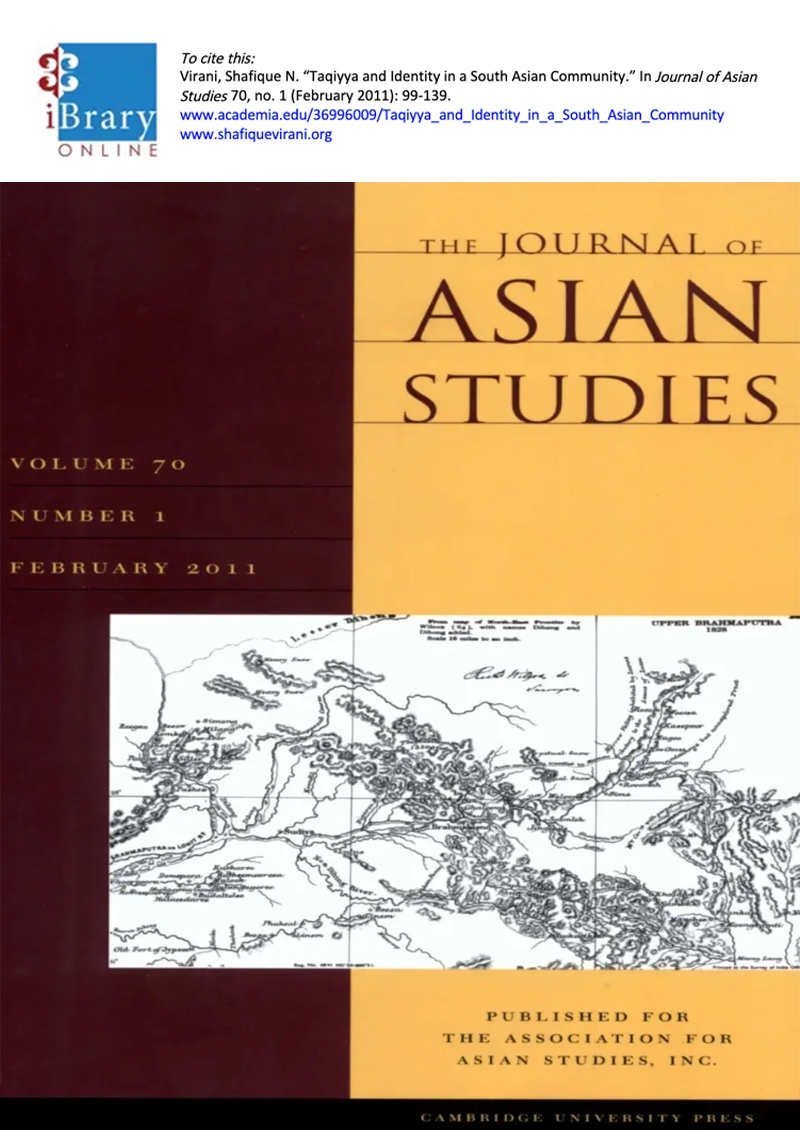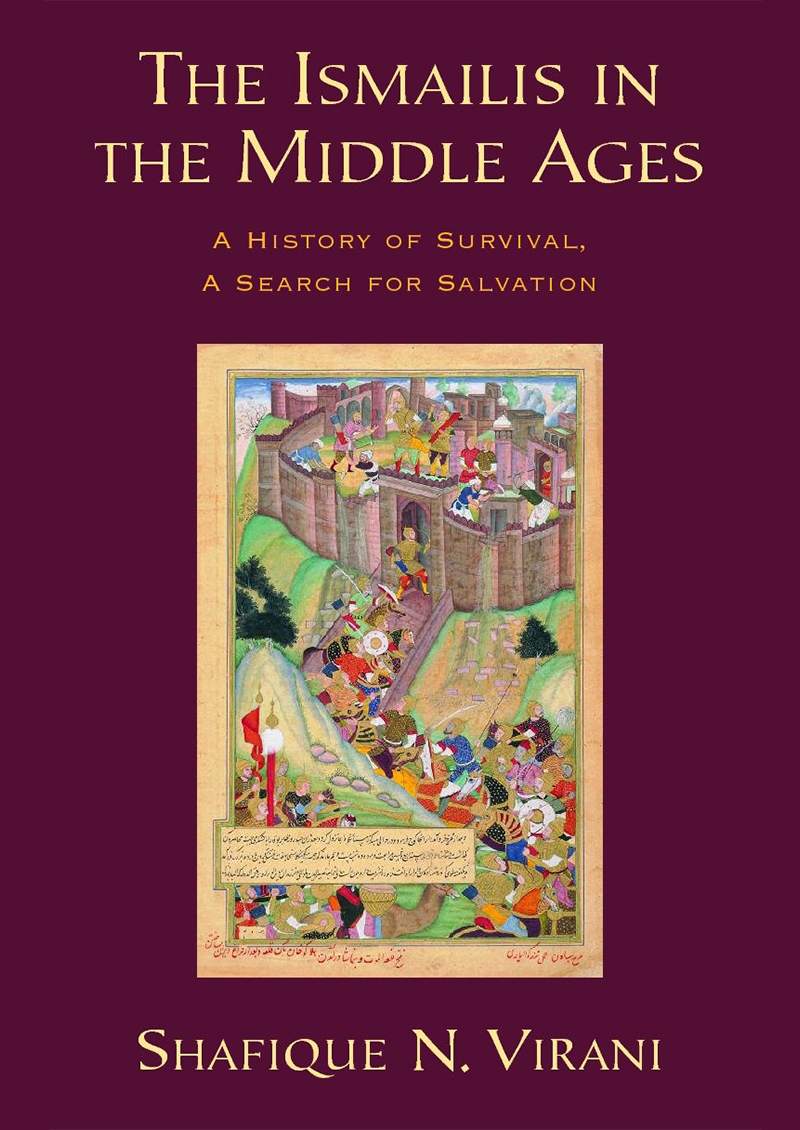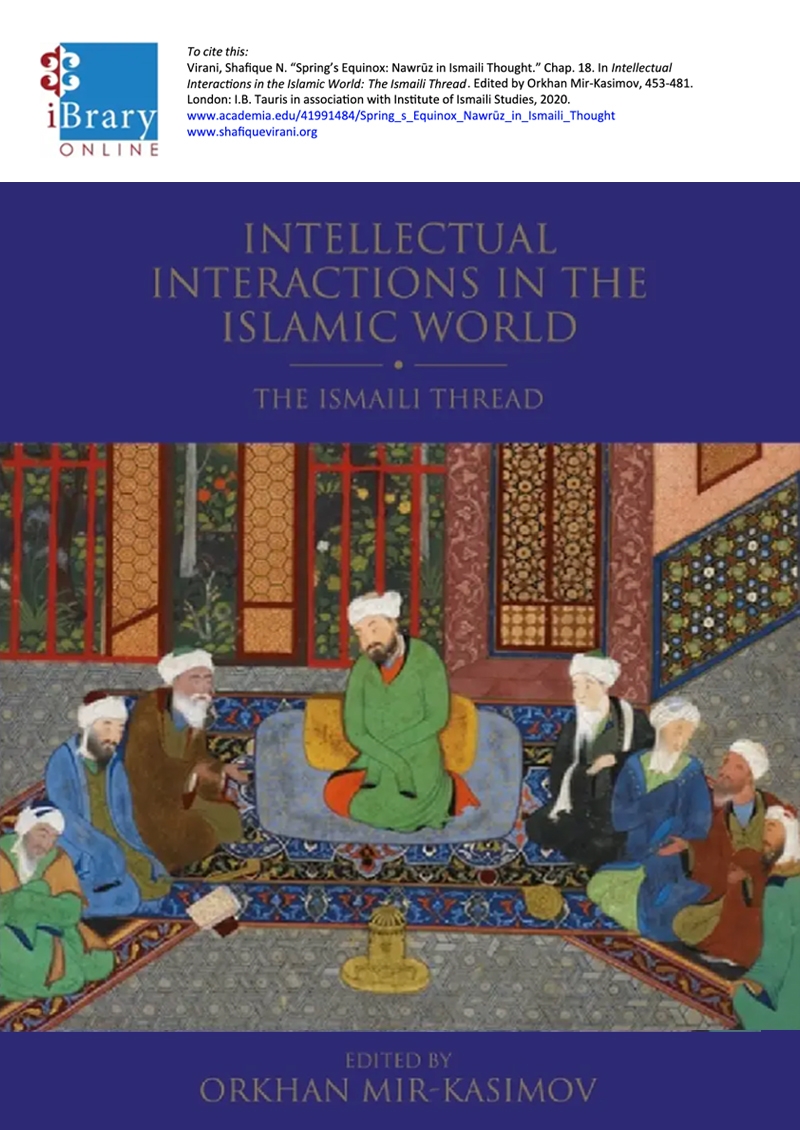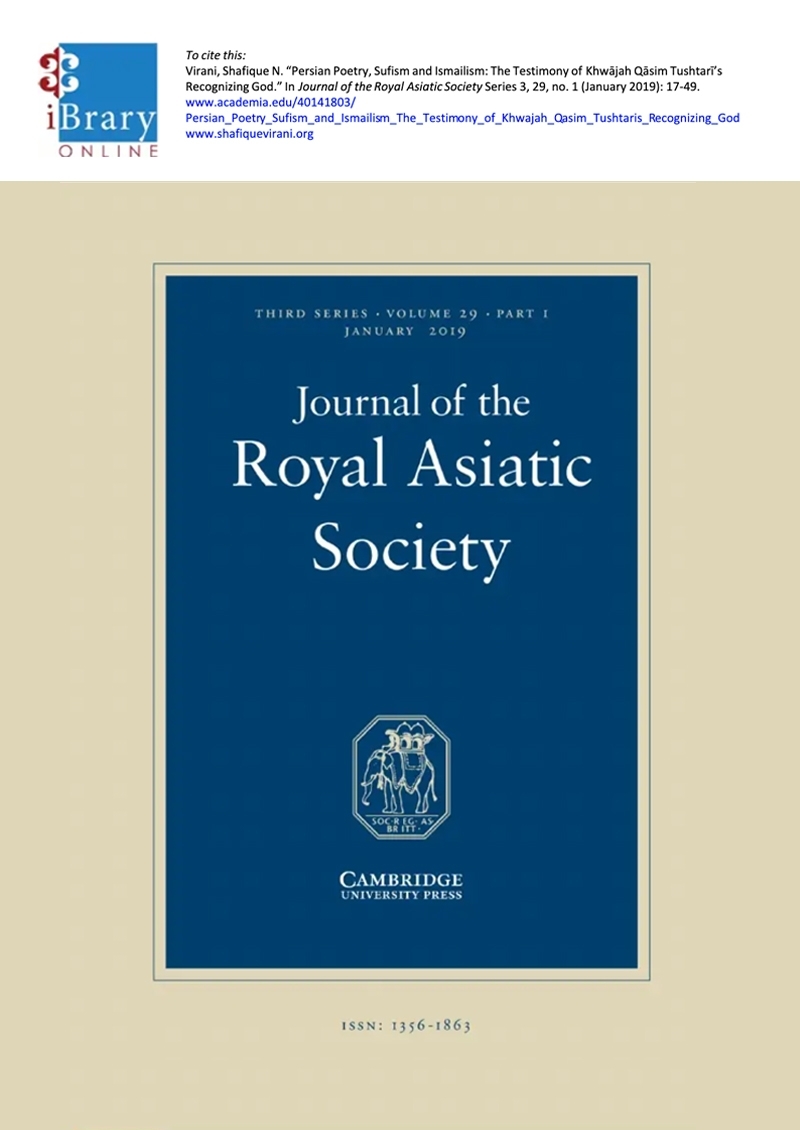Abstract:
The Guptis of Bhavnagar, India, represent an unexplored case of taqiyya, or precautionary dissimulation, and challenge traditional categories of religious identity in South Asia. Taqiyya is normally practiced by minority or otherwise disadvantaged groups of Muslims who fear negative repercussions should their real faith become known. Historically, the Shi’a, whether Ithna-‘ashari or Ismaili, have commonly dissimulated as Sunnis, who form the dominant community. However, the Guptis, who are followers of the Ismaili imam, and whose name means “secret” or “hidden ones,” dissimulate not as Sunni Muslims, but as Hindus. The Gupti practice of taqiyya is exceptional for another reason: Hinduism is not simply a veil used to avoid harmful consequences, but forms an integral part of the Guptis’ belief system and identity, and the basis of their conviction in the Aga Khan, not only as the imam, but as the avatara of the current age.
The prominent scientific citation indexing service Web of Science (WoS) ranked this article in the top 5% of most cited articles in the discipline of Area Studies, based on 10,533 articles in the category for the period of its publication.
Cite this publication:
Virani, Shafique N. “Taqiyya and Identity in a South Asian Community.” In Journal of Asian Studies 70, no. 1 (February 2011): 99-139.
Top 5% of most cited articles in the discipline of Area Studies, based on 10,533 articles in the category for the period of its publication.
Share what you’re reading on social media
If you liked this, you may also enjoy reading




